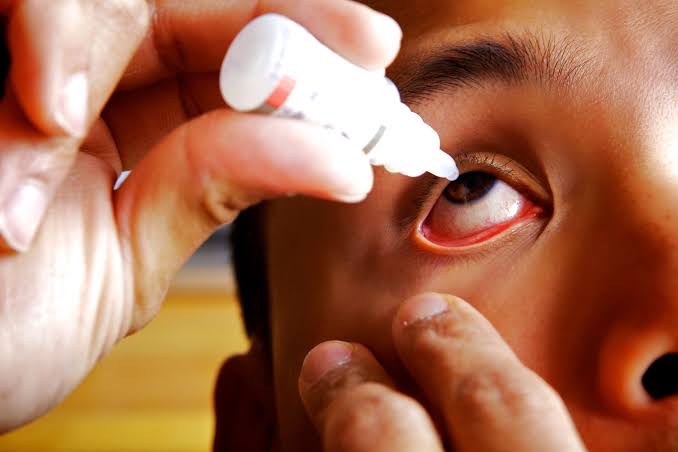
Eye drops are real medicine, just like tablets and injections.
This means they need to be treated with the same care as other more familiar medications. Missing
doses, discontinuing treatment or failing to use eye drops as directed can put your sight at risk.
Eye drops are used in the treatment of many eye conditions including glaucoma or raised eye pressure,
conjunctivitis, ocular inflammation and dry eye disease. They are also prescribed after eye surgery,
when there may be a need to prevent infection or reduce inflammation.
Regardless of why you have been prescribed eye drops, you should always use them exactly as your
doctor tells you to. And while eye drops are the most common formulation, the same applies to eye gels
and eye ointments.
Combining treatment with other regular tasks (e.g. brushing your teeth) or setting an alarm on your
phone can help remind you to use your eye drops.
If you are finding it difficult to use your eye drops as directed, do not give up, follow these tips for easy
understanding and application.
TIPS WHEN USING EYE DROPS
1• Always check the label
It’s amazing how many people mistakenly put something other than eye drops into their eye. It’s
common for bottles of eye drops to get mixed up with ear drops or even small bottles of glue. The
resultant damage can be quite severe if the exposure results in a chemical burn to the eye.
2• Never apply eye drops while you are wearing contact lenses
It might seem fairly logical, but many people don’t think to remove their contact lenses before putting in
their eye drops. Contact lenses can interfere with the distribution of the drops, thereby reducing their
effectiveness. You should also wait at least 20 minutes after applying the drops before you reinsert your
contact lenses, otherwise residue from the eye drops could adhere to the lens.
If you’re applying drops and ointment at the same time, make sure to use the drops
first
Check the expiration date of your eye drops or ask your pharmacist how long you can use them once
opened.
Never share your eye drops with another person.
3• Apply one drop at a time and wait a few minutes before applying the next drop
Applying drops in quick succession will waste medication because the first drop is pushed out of the eye
without having had a chance to work. The eye can only hold less than half a drop at any time, with the
rest spilling over onto the areas around the eye. If the label says to apply two drops, don’t apply both
drops at the same time. Apply one drop, wait at least 2 minutes and then apply the next drop.
4• Don’t blink your eye vigorously after applying the eye drop
You should gently close your eye or blink normally, otherwise you will end up pushing the drop out of
your eye.
5• Try to keep the drop in your eye to minimise side-effects
Place pressure on the lower tear ducts (located next to the bridge of the nose) to reduce the amount of
eye drop entering the bloodstream, this minimises the potential for any side-effects from the eye drop
affecting the rest of the body. Also, make sure to wipe away any excess liquid with a tissue to reduce
potential irritation of the surrounding skin.
6• Don’t let the tip of the eye drop bottle touch your eye
If this occurs, it increases the risk of an eye infection because bugs from the eye may contaminate the
eye drop solution.
Tilt your head back, pull the lower lid down and look up, then instill the eye drop gently.
If you are having difficulty instilling the drops, consider asking a family member or friend to help.
Alternatively, eye drop aids are available. If you’re still having difficulties, ask your doctor for advice.
